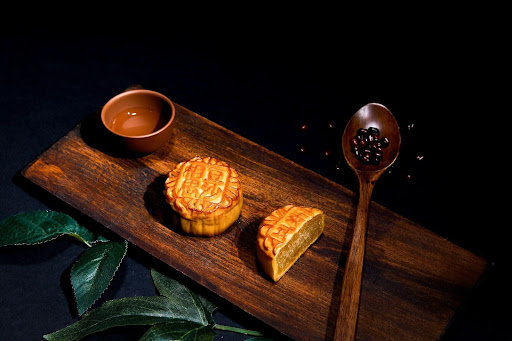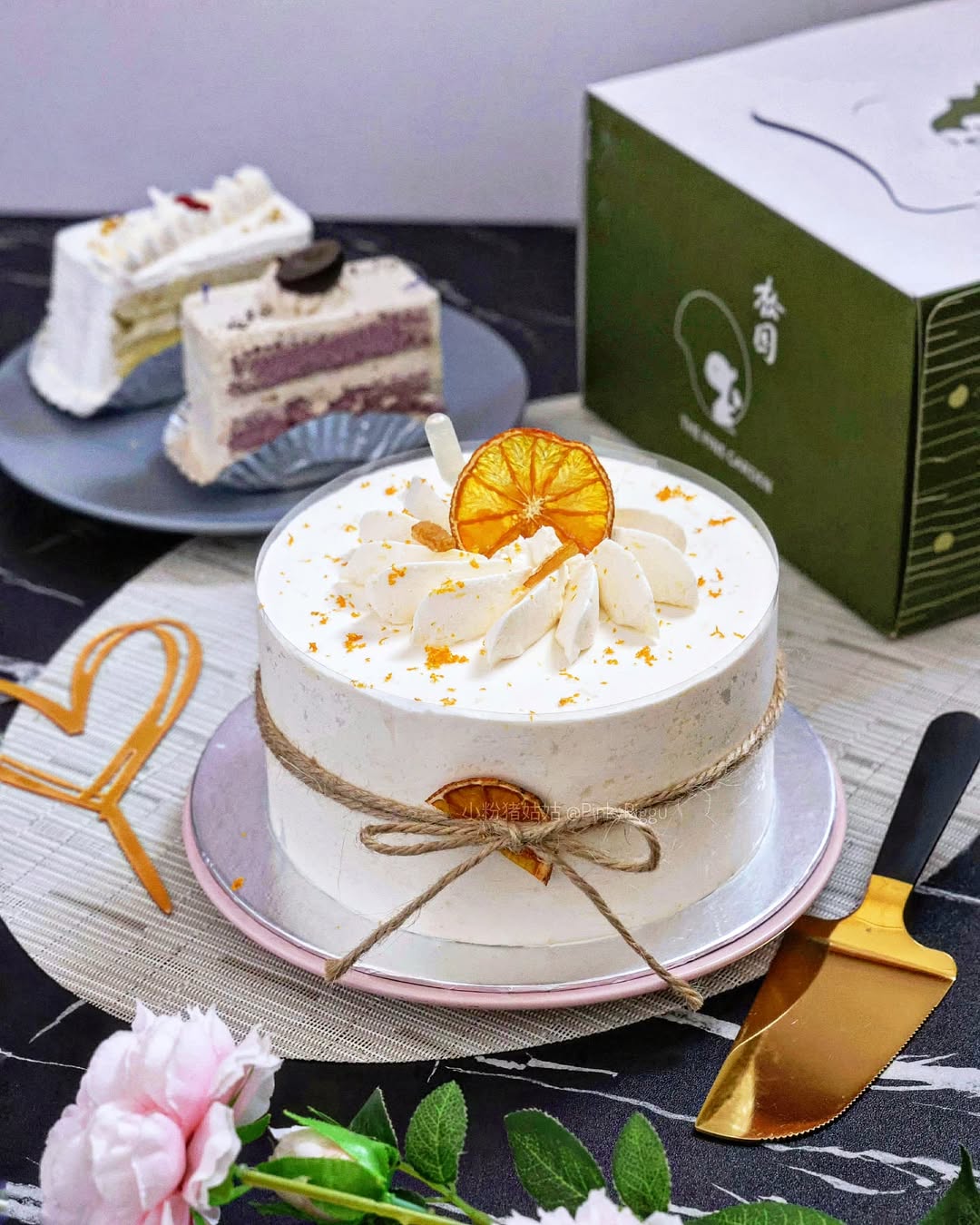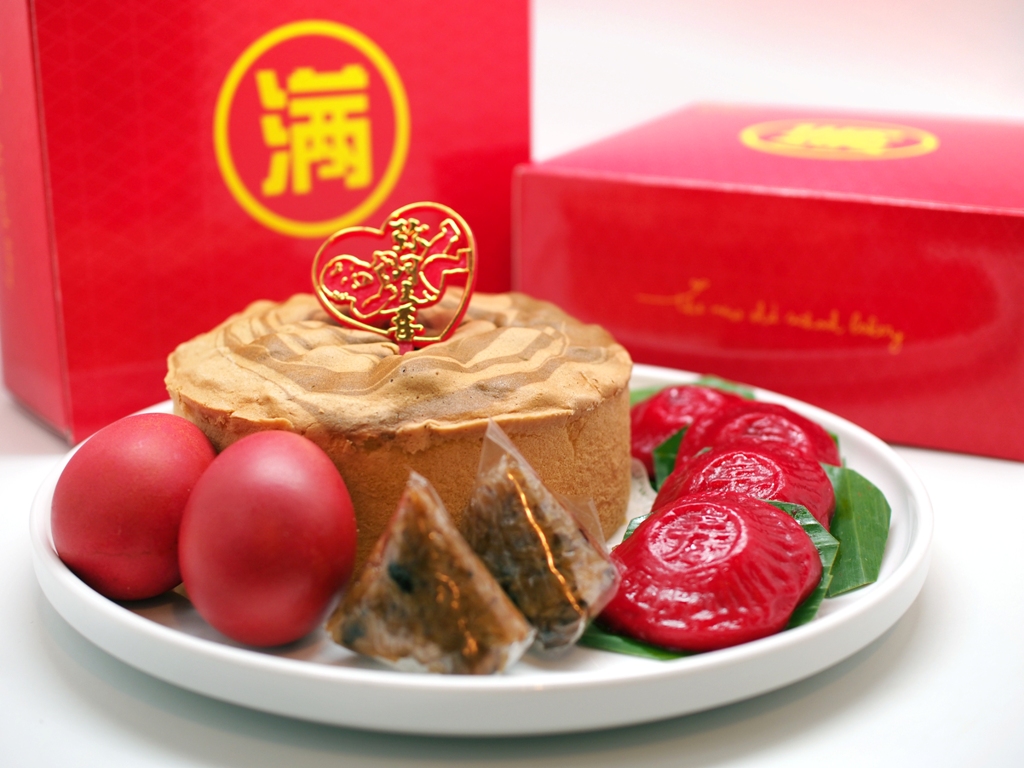Mooncakes have been a cherished part of Chinese culture, especially during the Mid-Autumn Festival. If you’ve ever wondered how this delicate pastry is crafted, you’re in for a treat! From its tender crust to the rich fillings, each step in making a mooncake involves a unique process.
Let’s break it down and take a closer look at how these delightful treats are made.
How Are Mooncakes Made?
The Ingredients - What Makes a Mooncake
The foundation of any mooncake starts with its ingredients. Traditionally, mooncakes are made using flour, golden syrup (or sugar syrup), and oil for the pastry. Inside, they’re filled with a variety of ingredients, ranging from lotus seed paste to red bean paste, with some even featuring salted egg yolks (to symbolise the full moon) at the centre.
Today, modern mooncakes come in many flavours, but the classic elements remain. Flour, oil, and syrup form the dough, while the fillings can be anything from durian to custard or even black sesame pumpkin.
However, regardless of the filling, the basic structure of a mooncake remains the same – a rich, dense filling surrounded by a thin crust.
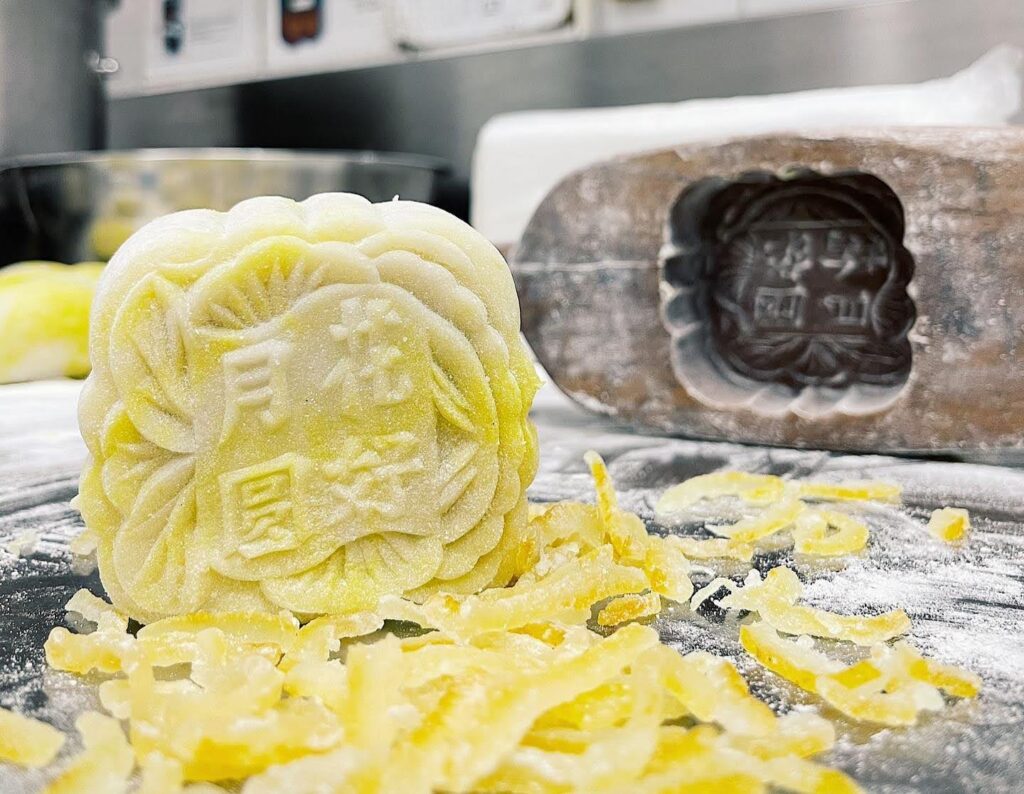
(Source: The Pine Garden Official Facebook Page)
Preparing the Dough
Making the dough for mooncakes might seem simple, but there’s a lot of precision involved. First, the flour is sifted to remove any lumps, then mixed with oil and golden syrup to create a smooth dough. The dough is kneaded carefully, ensuring that it’s soft but firm enough to hold the filling later.
The resting stage is key. After kneading, the dough is left to rest for a few hours. This allows the flour to fully absorb the oil and syrup, making it easier to roll out later without cracking.
This resting period is crucial because it ensures that the crust will have the perfect balance between firmness and softness.
Crafting the Filling
The filling is what gives a mooncake its personality.
Traditionally, lotus seed paste and red bean paste are common fillings. These pastes are made by soaking lotus seeds or red beans, boiling them until soft, and then mashing them into a paste. The paste is then cooked with sugar and oil to create a smooth and rich texture.
For a more modern twist, fillings like custard, green tea, or even dark chocolate have become popular. Regardless of the flavour, the filling is shaped into small balls, ready to be placed inside the dough.
The ratio of filling to dough is important – too much filling and the mooncake might burst, too little and the balance of flavour will be off.
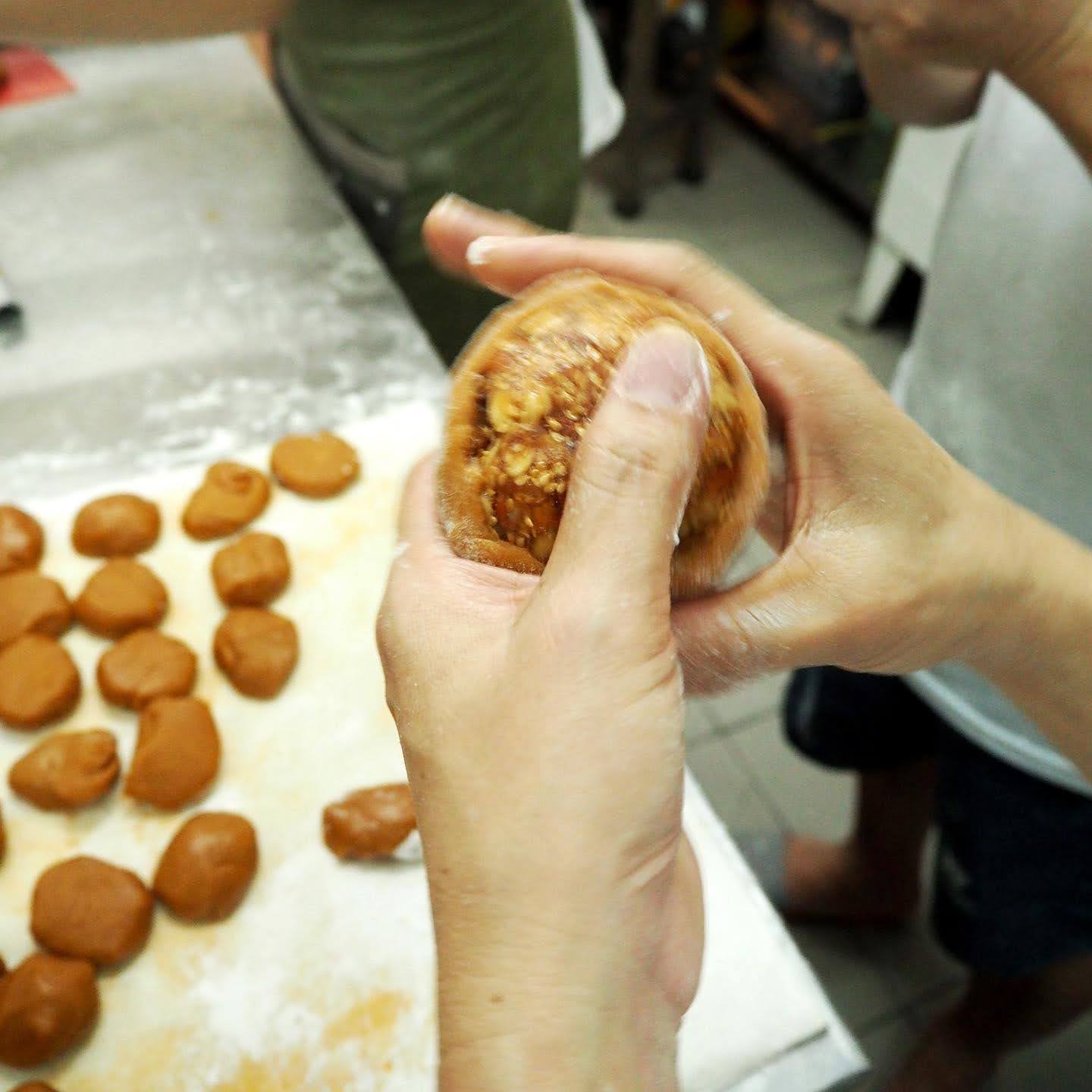
(Source: The Pine Garden Official Facebook Page)
Wrapping and Moulding
Now comes the tricky part – wrapping the filling with the dough. The dough is rolled into small circles, just large enough to wrap around the ball of filling. The wrapping needs to be tight but not too thin, or it could tear during baking.
This step requires a delicate touch to ensure the filling is fully encased by the dough.
Once wrapped, the mooncake is placed into a special mould. The mould not only shapes the mooncake but also imprints beautiful designs on top.
From intricate flowers to traditional Chinese characters, these designs are a hallmark of mooncakes, representing good fortune and harmony.
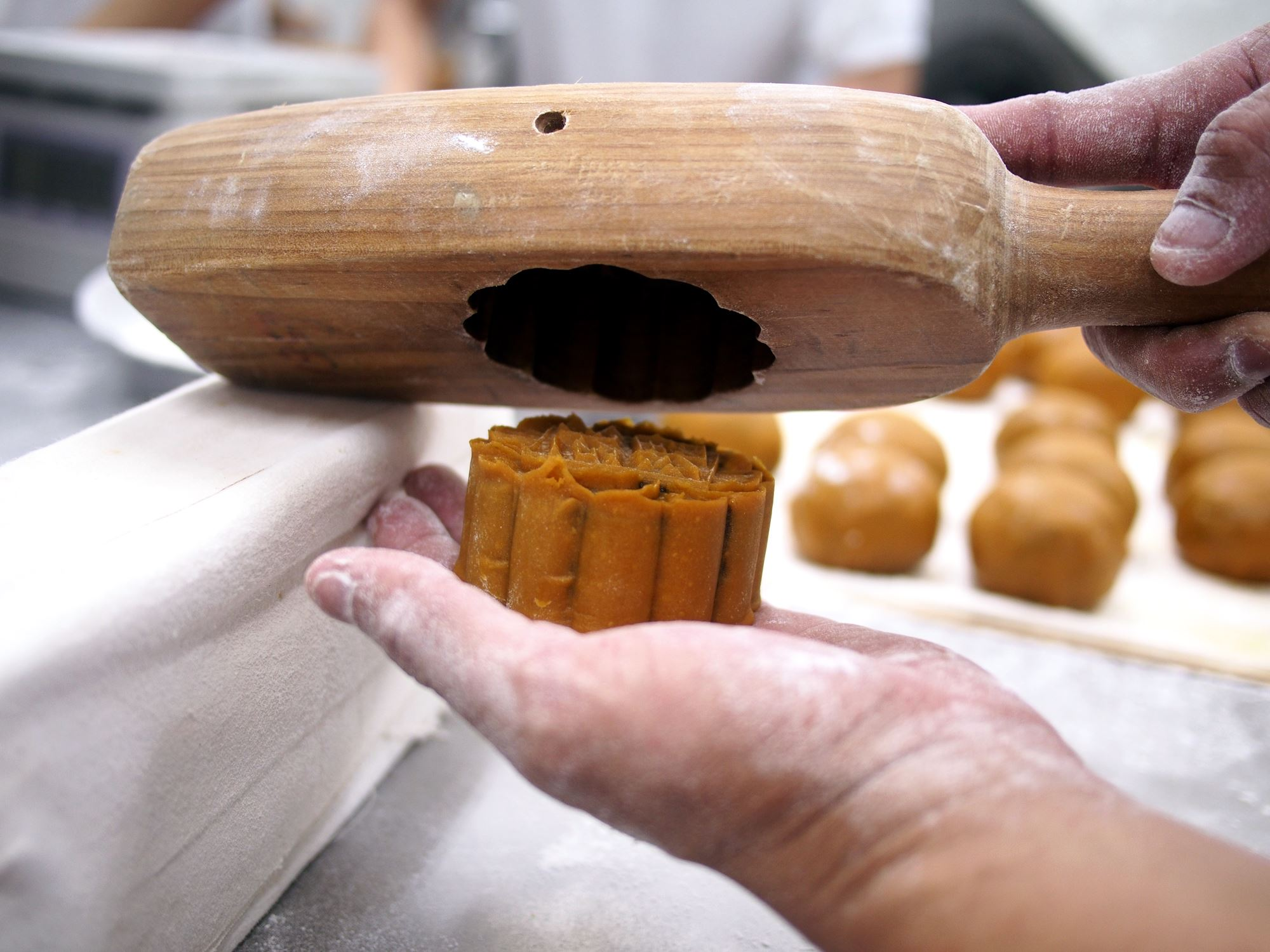
(Source: The Pine Garden Website)
Baking - The Final Touch
With everything wrapped and shaped, it’s time to bake the mooncakes. They are placed in the oven and baked at a low temperature.
The key here is to bake them slowly to ensure the dough cooks evenly without burning the delicate outer crust.
During the baking process, the mooncakes are often brushed with an egg wash to give them that signature golden-brown finish. The egg wash also helps to create a smooth and shiny surface on the crust, making them look even more appetising.
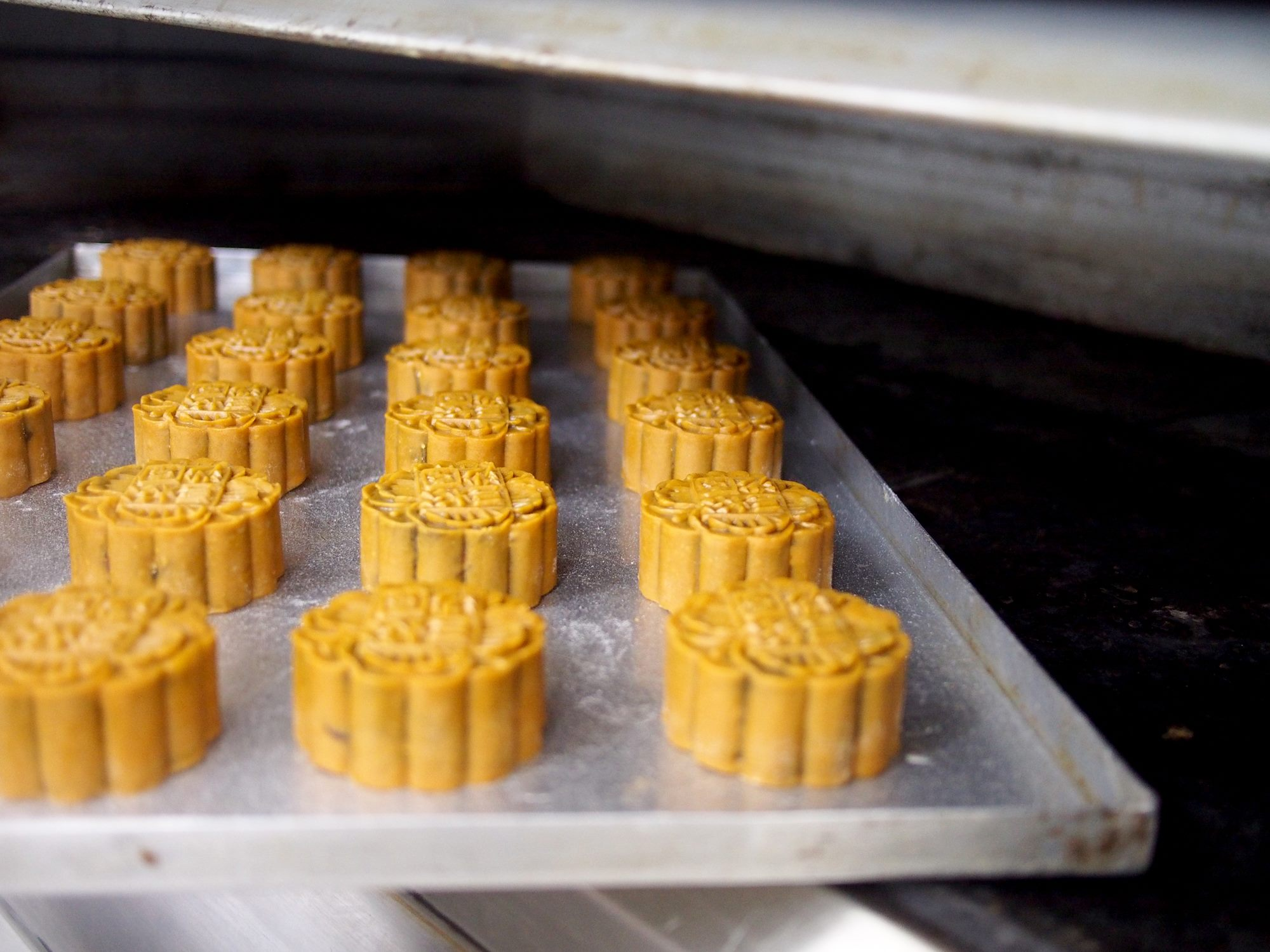
(Source: The Pine Garden Website)
The Cooling Process
Once out of the oven, mooncakes need time to cool. This isn’t just about allowing them to come to room temperature. The cooling process helps to ‘mature’ the mooncake.
As they cool, the oils from the filling and dough meld together, enhancing the flavour and giving the mooncake that perfect texture. Many bakers recommend waiting at least one to two days before enjoying freshly baked mooncakes to get the best taste.
The History and Legend of Mooncakes
Mooncakes carry both cultural significance and a touch of mythology, especially during the Mid-Autumn Festival.
Historically, they became popular during the Yuan dynasty when revolutionaries used mooncakes to pass secret messages, ultimately leading to the overthrow of Mongol rule. This act of defiance linked mooncakes to unity, freedom, and celebration.
Another story behind the mooncake is the legend of Chang Er (Chang’e), the moon goddess. According to myth, Chang Er drank an elixir of immortality and floated up to the moon, leaving her husband Hou Yi on Earth. Every year during the full moon, Hou Yi would place offerings of food, including mooncakes, hoping to see his beloved wife. Today, families continue this tradition, sharing mooncakes as they celebrate love, unity, and togetherness under the full moon’s glow.
These stories, whether historical or mythical, add layers of meaning to the humble mooncake, making it more than just a pastry but a symbol of reunion and hope.
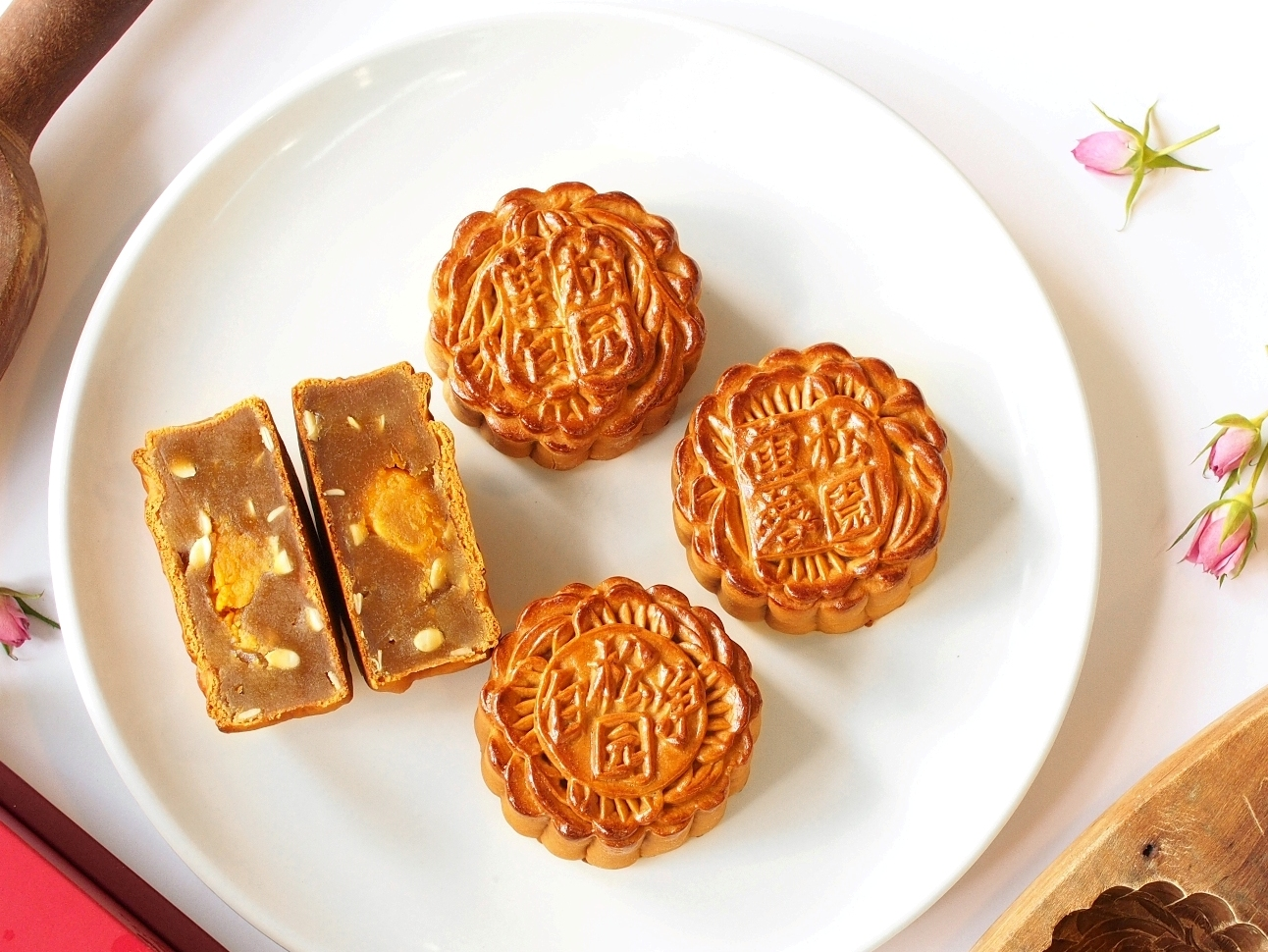
(Source: The Pine Garden Website)
The Sweet Finale - Enjoying Your Mooncake
Mooncakes may seem like a simple treat, but their preparation is intricate and deeply rooted in tradition. From the careful dough making to the delicate wrapping and baking, every step plays a crucial role in crafting the perfect mooncake.
So, the next time you enjoy a bite, take a moment to appreciate the artistry, history, and culture that go into making these delightful pastries.
We hope this guide has given you a sweet glimpse into the world of mooncake making. Have more questions or want to try our lovingly baked mooncakes? Don’t be shy to contact us or visit our website for more details!

